As the Trump administration holds talks on whether to normalise relations with Sudan, a CNN investigation has found evidence that the North African country is failing to comply with a key US requirement to improve “human rights protections and practices.”
In an exclusive report, CNN’s Senior International Correspondent Nima Elbagir returns to her hometown of Khartoum to witness the brutal crackdown on pro-democracy protests, which began over a rise in the cost of living late last year.
Elbagir goes undercover with protesters, joining the crowds calling for the removal of President Omar al-Bashir. As the government officials appear, Elbagir escapes to a nearby safe house, where a local family provides shelter to protesters who are trying to avoid detection. “God protect us” whispers the owner of the house as she locks the door. For several hours Elbagir hid in the house, watching as troops stalked the streets, firing tear gas and dragging a young man from the house next door.
More than 3,000 people have been arrested since protests began in December, based on testimony gathered by CNN from activists, lawyers and victims. Many have been taken to secret detention sites known as “ghost houses,” which the government says don’t exist, and where detainees say they face physical and psychological torture.
CNN tracks down one location where sub-zero temperatures are allegedly used to torment prisoners. The detention centre is known as Al Talaja, or the “Refrigerator.” No one who has spent time inside has spoken about it on the record until now.
Wifaq Ahmed Abdullah an activist detained in Khartoum’s Burri district tells CNN: “We were so severely beaten I went numb, I couldn’t feel my legs or arms. The place was so cold it felt like there were knives piercing our bodies. I only spent two days there, but they were the worst two days of my life”
CNN gathered detailed testimony from detainees who said they were abused in these black sites. Graphic images shared with CNN show: dark red blisters, bruising from baton beatings, scabbed scars crisscrossing backs, and bandaged, bloodied heads – all evidence of systematic torture according to human rights groups and observers.
Khadijah Al Doweihi, one of the protestors who claims she was tortured by the government tells CNN: “They were all masked and armed, holding batons. As soon as we stepped out we were beaten with batons. One man slapped me on the left side of my face, I became numb, and he struck me with the butt of his gun in my back. It’s not even an official centre, it was one of those ghost houses”
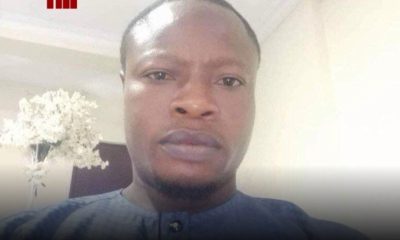
 Crime1 day ago
Crime1 day ago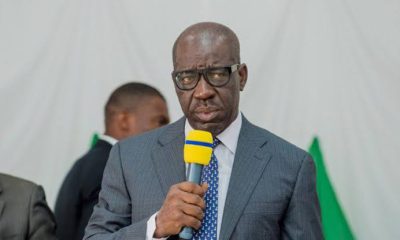
 Editorial5 days ago
Editorial5 days ago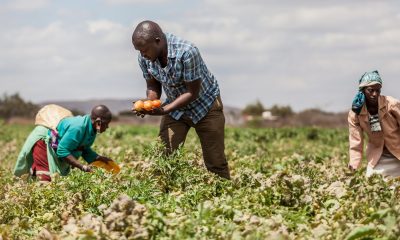
 Agribusiness3 days ago
Agribusiness3 days ago
 Business1 week ago
Business1 week ago
 Business4 days ago
Business4 days ago
 Featured4 days ago
Featured4 days ago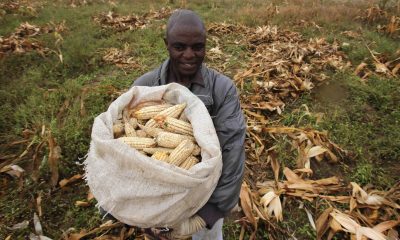
 Agribusiness4 days ago
Agribusiness4 days ago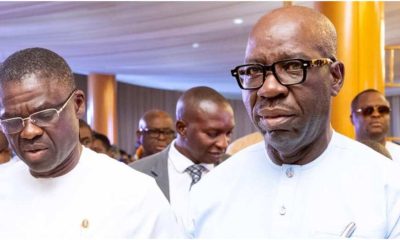
 Latest4 days ago
Latest4 days ago

